Photo
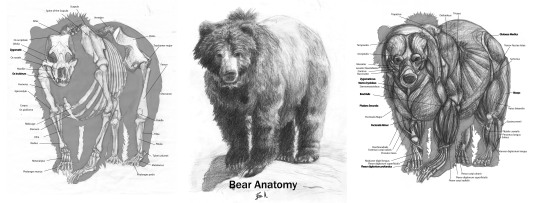

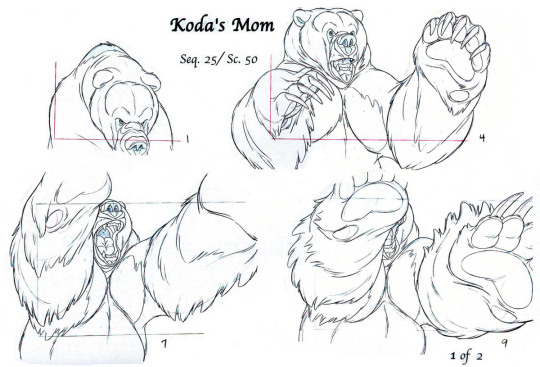
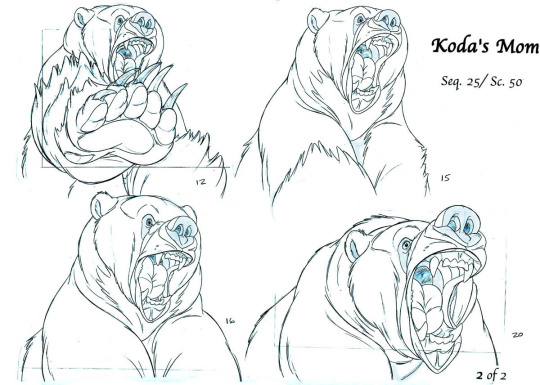


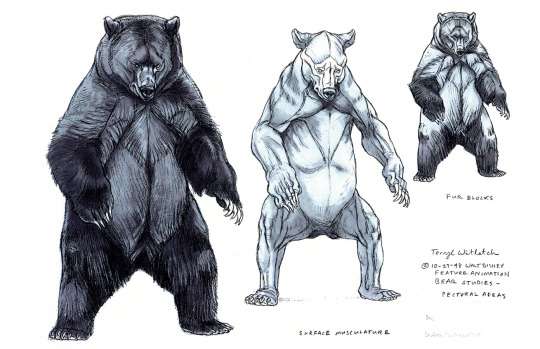
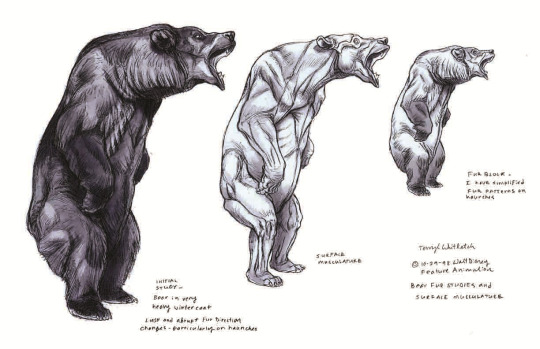
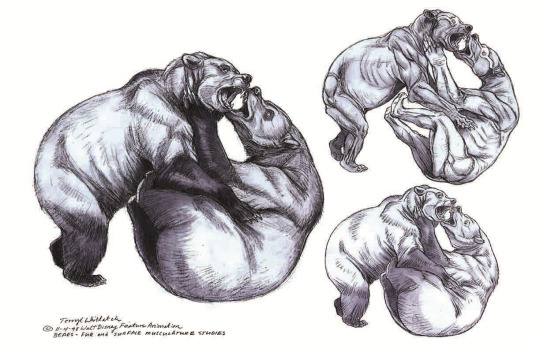

A superb fuck-ton of bear references.
If you’re doing animation or something pertaining to bears walking, for the love of mud, watch some clips before you start. The forepaws move a bit differently from other animals. And regardless of how fat and squishy they may appear, they. Run. Fast. They are coordinated and strong. Like I said, watch some clips to get a better idea.
[From various sources]
#bears#ursine#ursines#bear reference#bear#ursus#carnivora#omnivores#mammals#mammalia#animal#animals#animal art reference#animal reference#art reference#tetrapoda#fucktonofanatomyreferences
16K notes
·
View notes
Text
All references, part 0, part 1 (here), part 2
Two years ago, I made horse colour charts show casing a variety of colours. They were absolutely hideous and shortly after completing them, I decided that I wanted to remake them in a prettier format
I finally started the first remake on the 18th of June. After finishing that, I left this project alone until the 15th of July at 22h19. And now, finally, on the 17th, at 20h40, I completed it. 11 charts (see part two for the 11th)
288 horses, 42 hours and 16 minutes of drawing
Of course, there is space to add in additional colours if need be but I am Not doing that now.
Part 0 explains horses genetics in text and is fully comprehensible without having to look at images. It does have additional information that these image posts do not have.
Edited 30/08/23. Added 7 horses (horse count 295.)
Edited 12/11/23. Cream has been updated to be more accurate. ID changed to alt text. Some horses may have been added or removed. I do not feel like counting.
Edited 19/11/23. Changes to the text of dun as order had made nd1 vs nd2 misleading. Slight edit to W34 - made the mane and tail a more creamy colour to indicate the lightness is probably caused by flaxen and not white.
Edited 20/11/23, added link to horse reference masterlist
(Click on images for better quality)
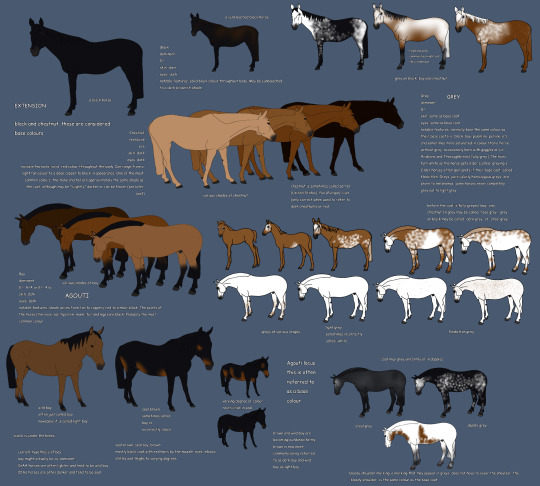

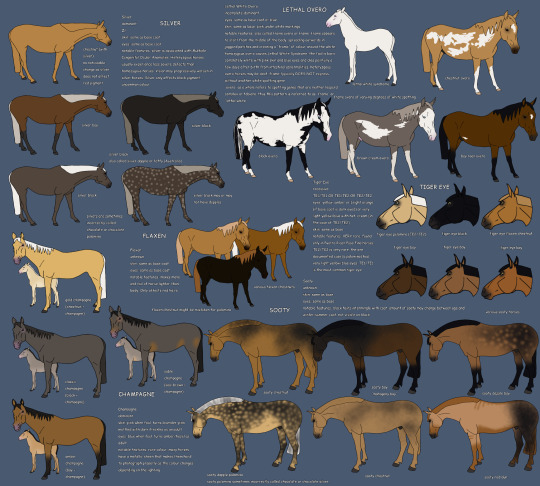

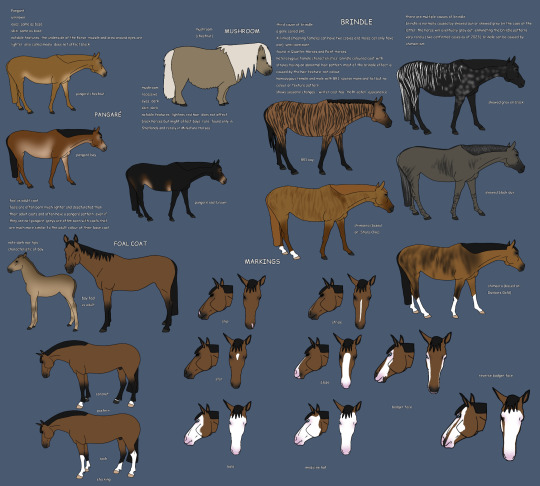
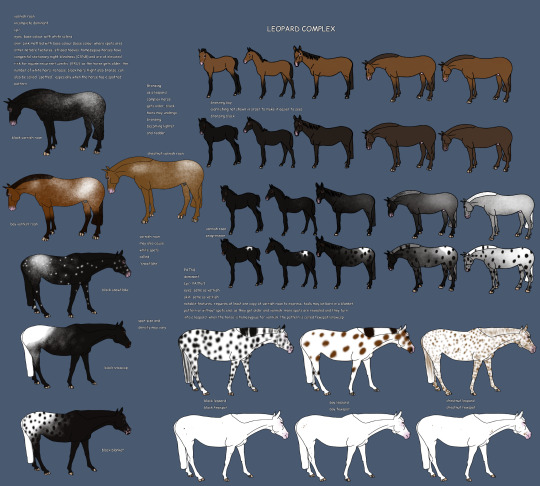
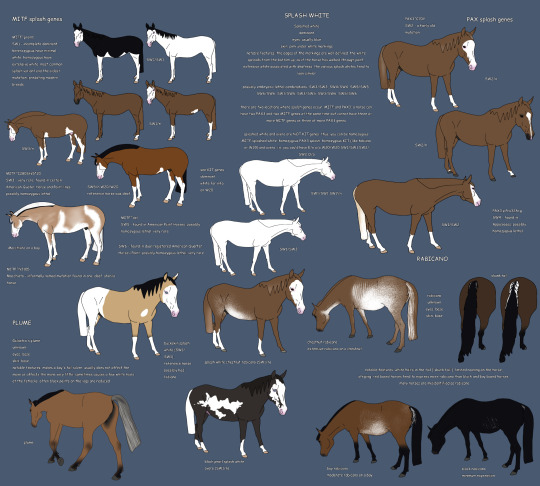

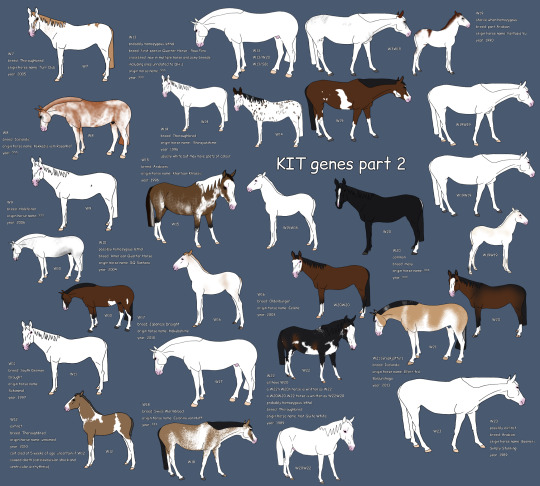

Some questions answered
Can I reblog? Yes, please do!
Can I repost on Tumblr? I'd prefer if you reblogged it but as long as you credit it to actuallycuteanimals then sure.
Can I repost on another platform? Sure, just credit please, no need to link back to this post.
Can I use these in real life (print them out, show them to other people)? Sure, just credit please.
(Also if you've reposted it/shown it to comeone irl and they had nice things (or corrections) to say then please do share 💖)
All references, part 0, Part 1 (here), part 2
2K notes
·
View notes
Note
Hey!!! You made a "how to draw wings" sheet, but— how on Earth do you draw horse!?!? The bane of every artists existence
Yeahhh horses are hard. They have lots of little nuances on top of complex anatomy and weird ass shapes (literally and figuratively). Drawing them requires lots and lots of practice. And this is like...entire art book levels of subject matter but here are a few tricks that I've picked up over time -
Key body shapes - shoulder, barrel, hip
I won't go too far into this one because Ken Hultgren does a much better job in his book The Art of Animal Drawing. But TL;DR - a horse's body has three main masses - the shoulder, the barrel, and the hip. Each one is tricky to draw on it's own since they're all weird shapes, but it's helpful to me to break a horse body down into simpler terms.

Key muscle masses
When I draw horses, I like to emphasis curves vs straights. Horses have that built in naturally as their body is often either "pure muscle" or "pure bone". There's some really nice details at the intersections of body parts, like at the front elbow and behind the ears along the neck (aka the "poll") where there's highly definable muscle groups that can help with visual clarity.

Fun fact, young horses grow hip-first. The horse in the photo above is 8 years old. That same horse at 4 years is below. Cracks me up how much taller his hip was at the time.
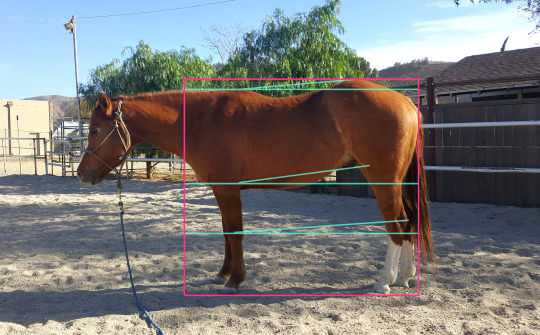
Ok so the muscles on the front legs combined with the shoulder mass is a fave combo of mine. The shoulder mass itself is something that I've found that is particularly horse-ish. For me, it's a pretty big visual signifier - almost more important than the neck. You can show a lot of tension/action in the body with the shoulder depending how you simplify it. Horses use their shoulders A LOT (too much if you ask any dressage rider or reiner), so emphasizing the shoulder can make a horse more expressive.
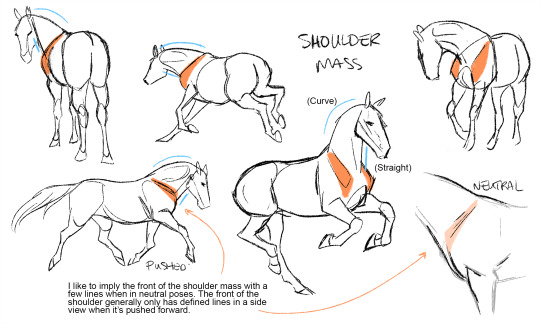
Legs. Oh heavens, the legs.
Yeah ok so again, Hultgren goes into fantastic detail on legs and hooves (I still follow how he simplifies hooves to this day my gosh that guy is a genius), but I often break them down like this for quick sketching. Are horse's legs realistically this emphasized? No, but I like the visual language; believable but expressive. This can apply to any size/shape from arabians to drafts.
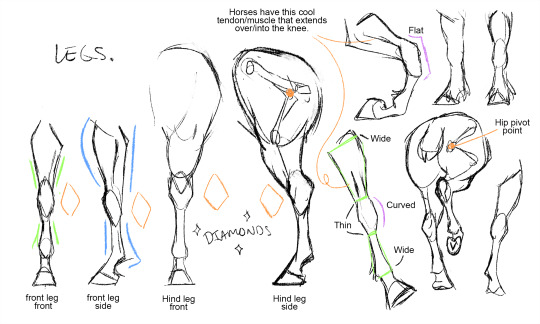
And finally...
A few head details -

Overall horses have SO many variables. The fun part about that is that they're highly customizable and able to be endlessly stylized. The tough part is that they're hard to draw strictly because of all of the little things to keep track of to make sure the horse reads as "horse".
And so because third time's the charm, Ken Hultgren's Art of Animal Drawing really is one of the best I've seen for breaking down, simplifying, and applying horse anatomy to active drawings.
But most of all, the more you draw horses the easier they'll be.
–
Discord | Patreon | Art Prints
#skycowboys#horses#ungulares#horse reference#art reference#equines#equine reference#drawing reference#equidae#mammals#mammalia
3K notes
·
View notes
Photo
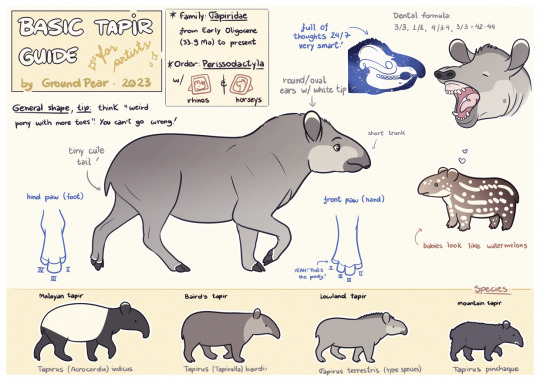
Basic tapir guide for artists
April 27th is the World Tapir Day! To celebrate, I made some charts with useful data and references for artists. I hope it helps you to design tapir characters, and to draw, paint and appreciate these wonderful creatures. Feel free to reblog too!
This is the main basic chart, but I made also charts for each species, featuring some color variations and mutations too! You can find them for free at my Ko-fi - and, well, you can pay me a coffee there if you like them. Enjoy!
ID: A chart about tapirs named “Basic Tapir Guide for artists - by Ground Pear 2023”. Label: “Family Tapiridae, Order Perissodactyla” - it is showing too frames with cartoonish portraits of a horse and a rhino as closest living relatives. It shows, in lines: 1- A starry tapir skull labeled “full of thoughts 24/7, very smart” and the head of a tapir yawning labeled “Dental formula 3/3 1/1 4/3-4 3/3 = 42-44”; 2- an adult lowland tapir with details for the hands with four fingers and feet with three toes, labeled “tiny cute tail, oval ears with white tip, short trunk”, and a baby tapir labeled “babies look like watermelons”; 3- tapir species comparisons: the black and white Malayan tapir, the dark brown Baird’s tapir, the grey and maned lowland tapir, and the fuzzy mountain tapir. Offwhite background. End ID.
🌟 2023 carrd | commissions | ☕️ Ko-fi 🌟
#tapir#tapirs#mammals#tapir art#tapir reference#art reference#animal reference#groundpear#mammalia#ungulates
327 notes
·
View notes
Photo



Blue’s Feathers and Wings Compendium: Atypical Wing Shapes
Wings Part 1 [Standard ]| Wings Part 2 [Atypical] | Feather Markings | Tail Feathers [Part 1] | Tail Feathers [Part2]
A compendium of different feather marking types that can be used for inspiration in writing and art; especially if you want to be explicitly clear on the markings and don’t want to just have “striped” or “spotted”.
Disclaimer: I am aware that some of these markings have different names when coming from different birds, and that some of these markings are more artistic than realistic, but this for the fun and benefit of others, not for science.
8K notes
·
View notes
Photo

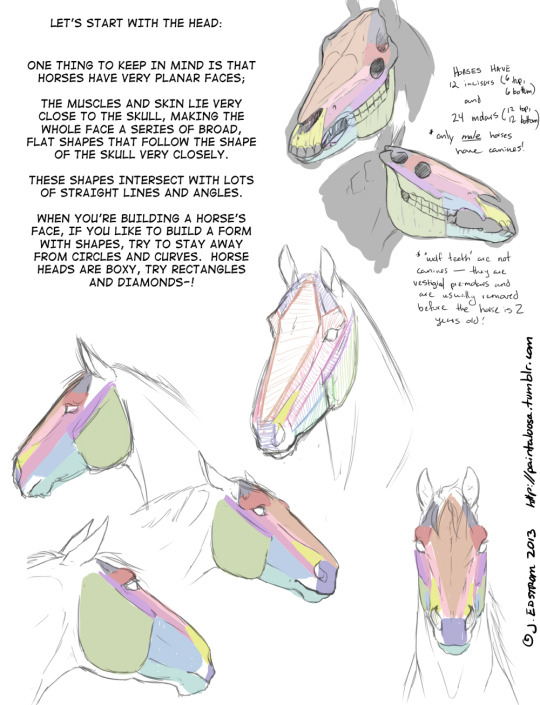



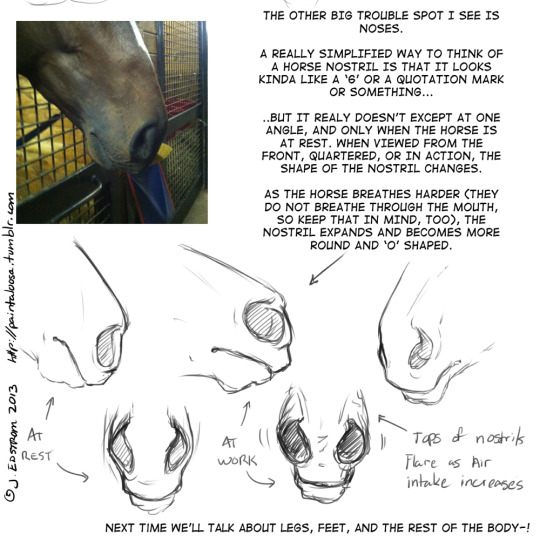
All right, here’s my contribution to the art tutorial infographic world, part 1 of 2. I’ve noticed that even in professional illustration, so often the humans and environments and armor and whatnot is really, really great— correct anatomy, lighting, proportions, like ‘wow this is fantastic WAIT what is up with that HORSE?’
I suspect two things;
First is that I spend 15 hours a day, 365 days a year looking, touching, handling, and just generally being around horses.
Second is that most people do not.
Artists have lost touch with their connection to horses as contemporary society has lost touch with them. Generally, we don’t have that constant presence of horses in our lives that previous generations did, as horses aren’t part of the everyday landscape any more. They don’t work the fields, they don’t cart the goods, they don’t deliver the mail or transport you to the next town down the road.
However, we still see horses all the time— in movies, books, illustration, ads and logos, we are presented with the image of horses all the time. So we assume ‘yes, I have seen horses often and I know what they look like.’ Because of our exposure, we as artists don’t always feel like we need to heavily reference the animals as if we were drawing something we don’t see everyday (say, like elephants or giraffes or sea cucumbers). Our brain just kind of plugs in ‘horse shaped’ and we go with that.
And I suspect that ends up being where a lot of these common mistakes occur. Dogs are familiar, but we can easily find a dog to draw from live, to see the way the shapes of its face are put together in 3-dimensions. Cats, humans, birds… if we venture just a little ways outside our studios (or in some cases, inside), we can find live models to study easily.
You can’t really do that with horses. They’re a commodity, sequestered away behind fences on private farms and shuttered away in barns. So few people really get the chance to be up close and have that hands-on experience to really learn how a horse is put together.
So here’s some things, based on my own experience both drawing and working with horses, that might help you if you find yourself needing to draw one for yourself.
The approach I took might be more complicated than absolutely necessary, but I tried to present the subject of ‘how to draw horses’ a little differently than I’ve seen it done before. I hope someone finds it understandable, and more importantly, helpful!
If you share this, please don’t delete my commentary about it above. Thanks :3
#horses#equines#mammals#mammalia#horse ref#art ref#art reference#tutorials#art tutorial#art tut#animal ref#animal reference#tetrapods#spookaloosa
39K notes
·
View notes
Text
Hyena shapes and you: A small reference primer

I see a lot of lovely anthro art that is ostensibly of hyenas, but is stylized a lot more after canines.
This is understandable. Most people assume, from the roughly similar appearance and behavior, that hyenas are some sort of caniform. This assumption leads to some unfortunate problems.
There’s an awful lot of hyena art that ends up just being spotted dogs.
Hyenas are actually a feliform carnivore in their own distinct family. And they have some very unique anatomy that, unfortunately, tends to be lost when building from the canine assumption. This is the most noticeable when it comes to spotted hyenas, who have the most distinct look of the four extant species. And which this primer will focus on.
This primer is in part inspired this excellent reference guide by Kenket, and from my own adoration of these weird, beautiful animals. And my desire to see their funky anatomy be better appreciated.
You don’t want your hyena to look like a canine. You want her to look like a hyena. And I reckon there’s three major shapes that make a hyena Hyena shaped.
Keep reading
#habbadax#hyena#spotted hyena#felidae#carnivora#mammalia#art reference#hyena reference#ears#drawing reference#animal reference#reference#photo reference
2K notes
·
View notes
Photo






All right, here’s my contribution to the art tutorial infographic world, part 1 of 2. I’ve noticed that even in professional illustration, so often the humans and environments and armor and whatnot is really, really great— correct anatomy, lighting, proportions, like ‘wow this is fantastic WAIT what is up with that HORSE?’
I suspect two things;
First is that I spend 15 hours a day, 365 days a year looking, touching, handling, and just generally being around horses.
Second is that most people do not.
Artists have lost touch with their connection to horses as contemporary society has lost touch with them. Generally, we don’t have that constant presence of horses in our lives that previous generations did, as horses aren’t part of the everyday landscape any more. They don’t work the fields, they don’t cart the goods, they don’t deliver the mail or transport you to the next town down the road.
However, we still see horses all the time— in movies, books, illustration, ads and logos, we are presented with the image of horses all the time. So we assume ‘yes, I have seen horses often and I know what they look like.’ Because of our exposure, we as artists don’t always feel like we need to heavily reference the animals as if we were drawing something we don’t see everyday (say, like elephants or giraffes or sea cucumbers). Our brain just kind of plugs in ‘horse shaped’ and we go with that.
And I suspect that ends up being where a lot of these common mistakes occur. Dogs are familiar, but we can easily find a dog to draw from live, to see the way the shapes of its face are put together in 3-dimensions. Cats, humans, birds… if we venture just a little ways outside our studios (or in some cases, inside), we can find live models to study easily.
You can’t really do that with horses. They’re a commodity, sequestered away behind fences on private farms and shuttered away in barns. So few people really get the chance to be up close and have that hands-on experience to really learn how a horse is put together.
So here’s some things, based on my own experience both drawing and working with horses, that might help you if you find yourself needing to draw one for yourself.
The approach I took might be more complicated than absolutely necessary, but I tried to present the subject of ‘how to draw horses’ a little differently than I’ve seen it done before. I hope someone finds it understandable, and more importantly, helpful!
If you share this, please don’t delete my commentary about it above. Thanks :3
#horse#horses#equine#equidae#mammalia#mammals#Perissodactyla#art reference#drawing reference#animal reference#reference#art#drawing#horse reference#spookaloosa#my stuff
39K notes
·
View notes
Photo
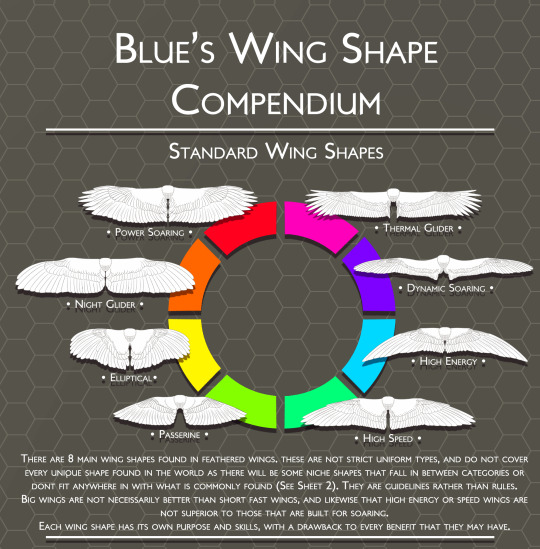


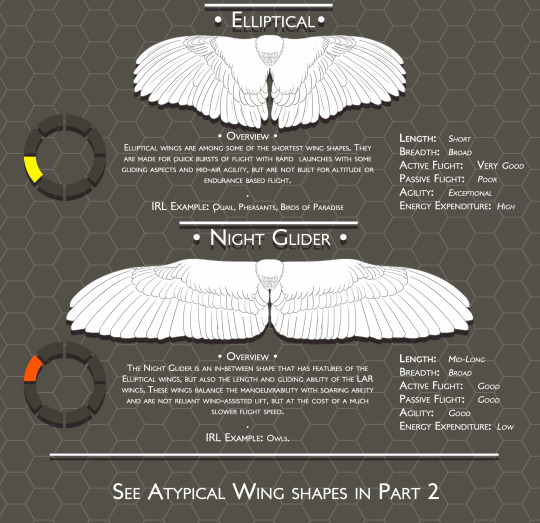
Blue’s Feathers and Wings Compendium: Standard Wing Shapes
Wings Part 1 [Standard ]| Wings Part 2 [Atypical] | Feather Markings | Tail Feathers [Part 1] | Tail Feathers [Part2]
I have expanded the traditional 4 types; Highspeed, Elliptical, Low Aspect and High Aspect ratio, because they were very narrow and vague categories for the most part, adding High Energy, Thermal Soaring, Night Glider, and Passerine wings. I feel that these extra types make it easier to understand and visualize the differences and similarities between wing shapes.
I’ve renamed Low Aspect to Powered Soaring, and High Aspect to Dynamic Soaring for the purposes of the fact that names made it hard to understand purpose and were easily confusable.
A lot of these wing types are also affected by tailfeather shape and size, and that will change their agility and energy expenditure as the tail also generates lift.
Disclaimer: This is in no way intended to be an academic dissertation or proposal, do not treat it as such. It is purely for art and writing references for others, to aid description and inspiration.
#birds#wings#art reference#animal reference#aves#ave#drawing reference#drawing#art#wing#ref#reference#scribbly-blue-hearts#my stuff
56K notes
·
View notes
Photo
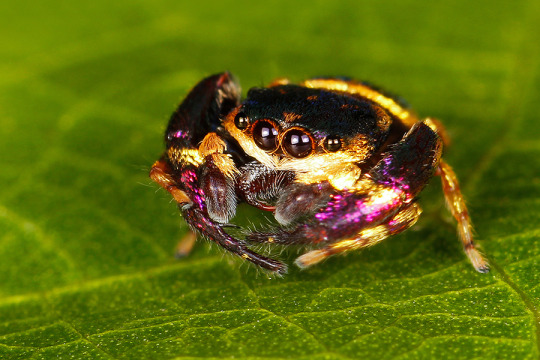



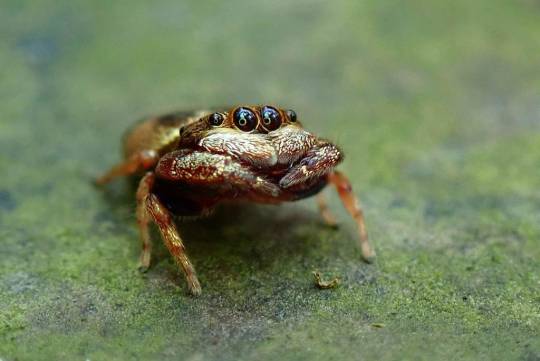

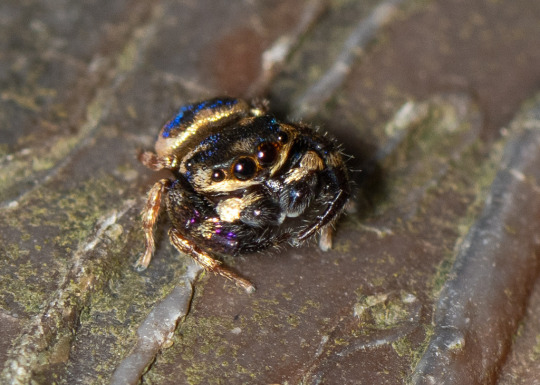



Purple-gold jumping spider, Irura bidenticulata, Salticidae
Found in Southeast Asia
Photo 1 by bemcola, 2 by portioid, 3 by andrewhardacre, 4 by lawrencehylton, 5 by kitlaw, 6-7 by pauldickson, 8 by lawrencehylton, 9 by andrewhardacre, and 10 for scale by gohulee
#onenicebugperday#spider#arachnids#spiders#jumping spider#salticidae#jumping spiders#art reference#animal reference#visual reference#arthropoda#arthropod#arthropods#my stuff
21K notes
·
View notes
Photo
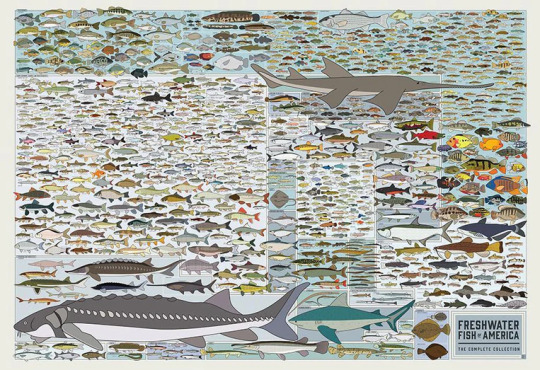
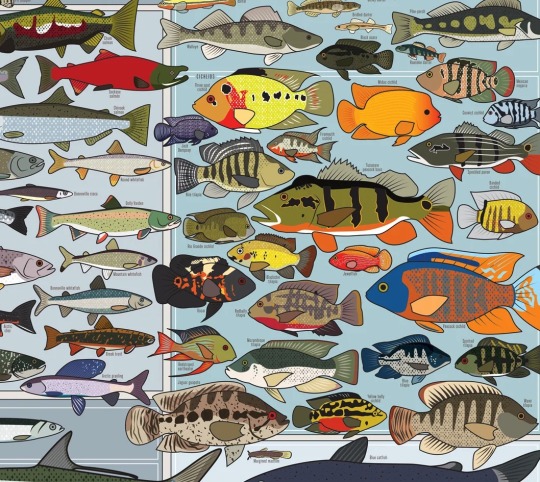
Plenty, Freshwater Fish of America
#nevver#fish#animal reference#animal ref#referenceref#art reference#art ref#freshwater fish#visual referencevisual ref#vertebrates
787 notes
·
View notes
Photo
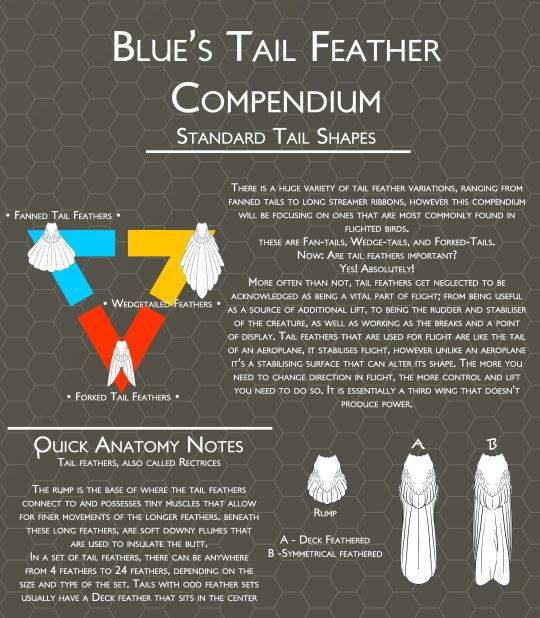

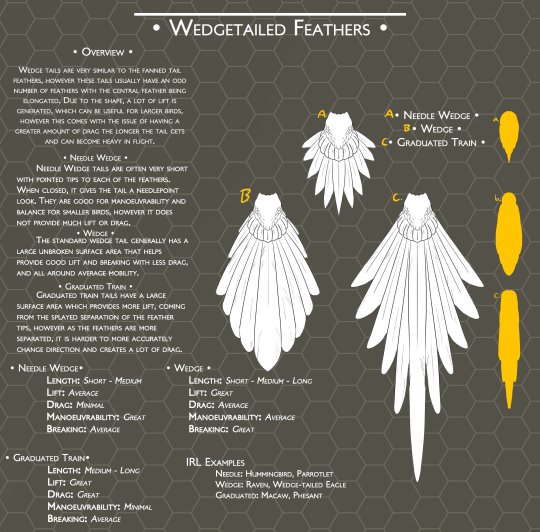

Blue’s Tail Feathers Compendium: Tail Feathers for Flight
Wings Part 1 [Standard ]| Wings Part 2 [Atypical] | Feather Markings | Tail Feathers [Part 1] | Tail Feathers [Part2]
I didn’t forget the tail feathers! I was just caught between getting mad at the lack of extensive research into all tail feather types beyond swallow-tails and many anxiety attack :D
I get asked quite a lot: Are tail feathers important.
Yes! Yes they are! Very important!
There is outrageously not a lot of research on tail feathers and how it impacts flight, lift, drag, or anything else so I had to make my own paper models and use a hair dryer for a wind tunnel to test lift. :D I have so many papercuts now.
I had to split the tail feathers up and make my own chart because there is no official determination or umbrella grouping of different tail feathers. Accessory tail feathers like you see on peacocks and such will be in the second part.
Disclaimer: This is in no way intended to be an academic dissertation or proposal, do not treat it as such. It is purely for art and writing references for others, to aid description and inspiration.
#bird#birds#aves#feathers#tails#animal reference#animal references#bird reference#bird references#art reference#art references#bird ref#art ref#scribbly-blue-hearts
4K notes
·
View notes
Photo



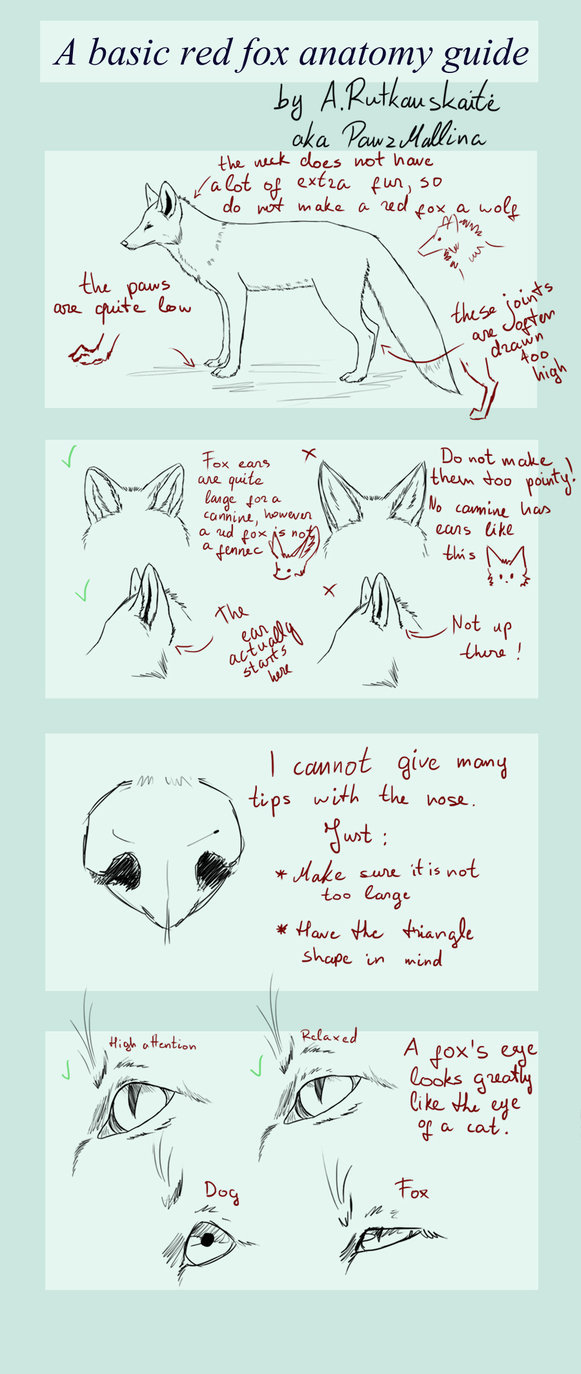
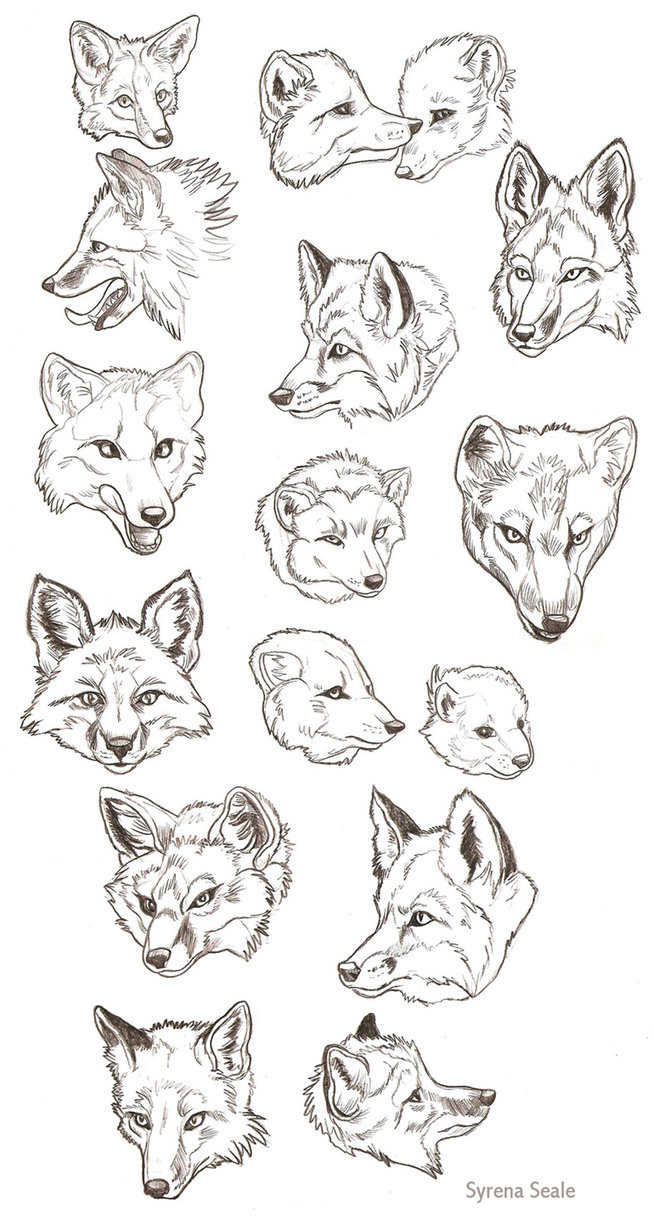
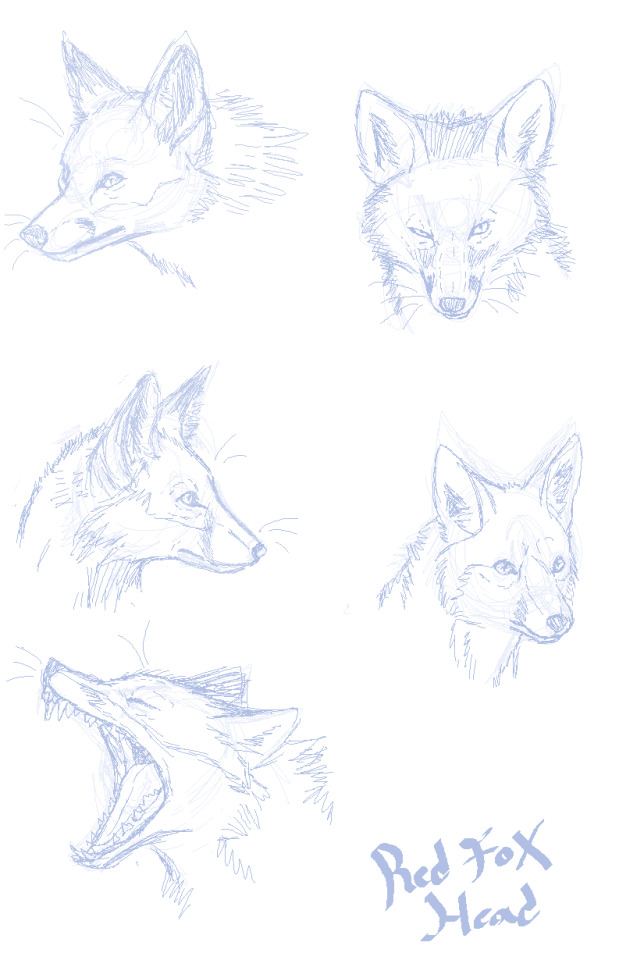


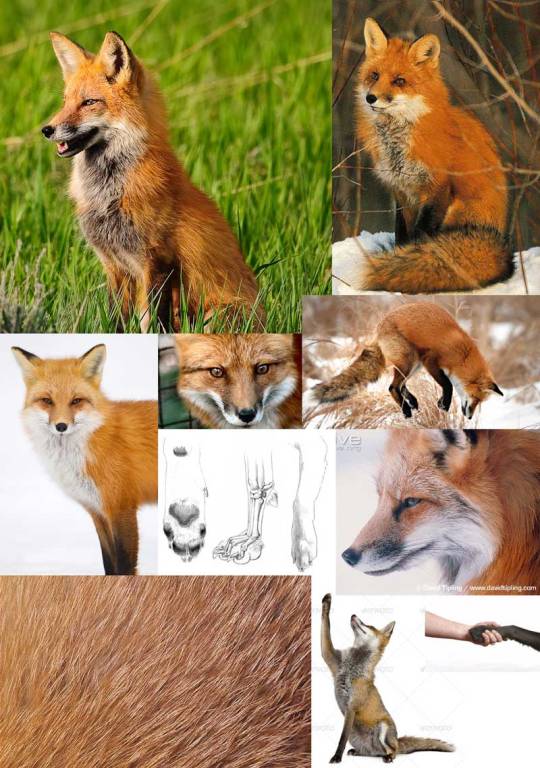
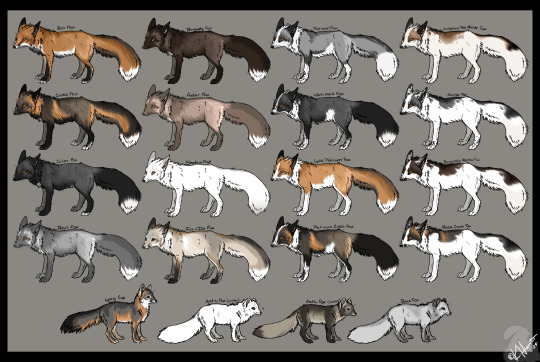
#fox#foxes#canid#canids#canidae#fox reference#fox references#ref#reference#refs#animal ref#art ref#animal reference#animal references#carnivora#mammalia#mammals#vulpine#vulpini#vulpidae#art reference#art references
4K notes
·
View notes
Photo
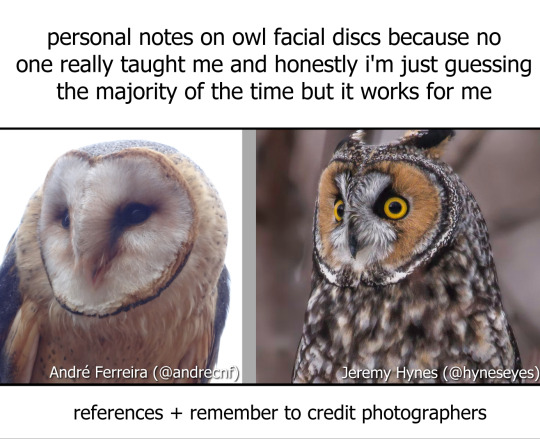
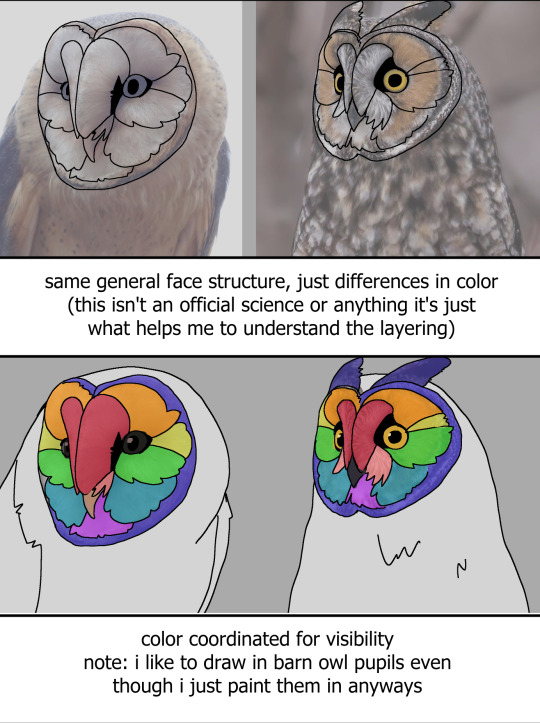
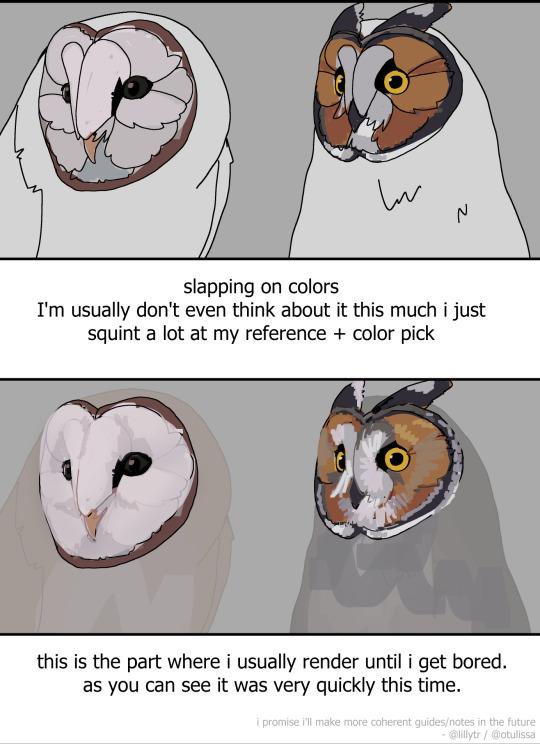
some vaguely coherent notes on owl facial discs because they were the hardest part of the bird for me to figure out and if this helps at least one person then I consider that an epic win
Photos: Barn Owl, Long-eared Owl
#owl#owls#birds#birds of prey#art#art reference#animal reference#aves#drawing reference#lillytr-archive
3K notes
·
View notes
Photo



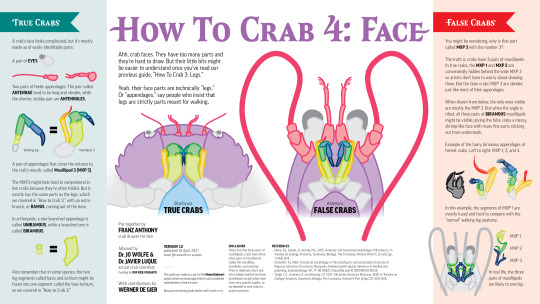


Hello, artist. Nice art you have there.
You know what would make it better? Crabs.
But crabs are hard to draw, you say. I agree. That’s why I teamed up with @jopabinia, @JaviPaleobio and @Werner_deGier to make this cheat sheet so you too, can #InsertAnInvert into your artwork with confidence.
—
#InsertAnInvert is a series of invertebrate drawing guides done in collaboration with actual experts (like, literal Dr. Crabs and Dr. Cephalopods and all that) so if you could give them a follow on twitter that’d be swell.
High-res PDFs available for free on my rarely updated Patreon. Absolutely no money required. I just think Patreon is useful for attaching PDFs.
3K notes
·
View notes
Text
this website is a great source of info about cat genetics, including a gathering of reports and resources on cats in Forbidden Colors
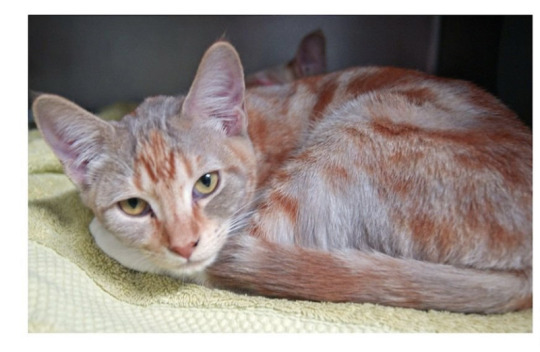



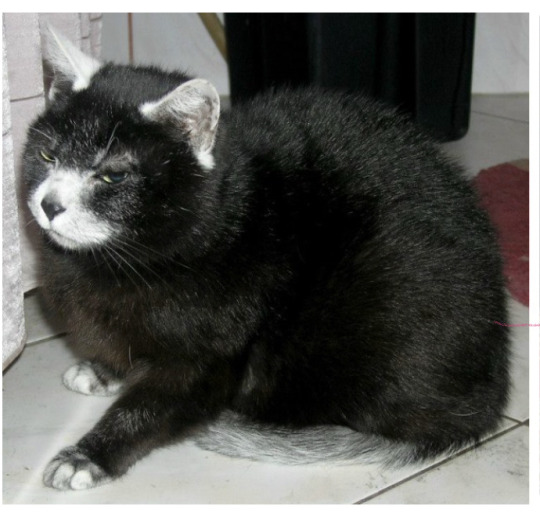

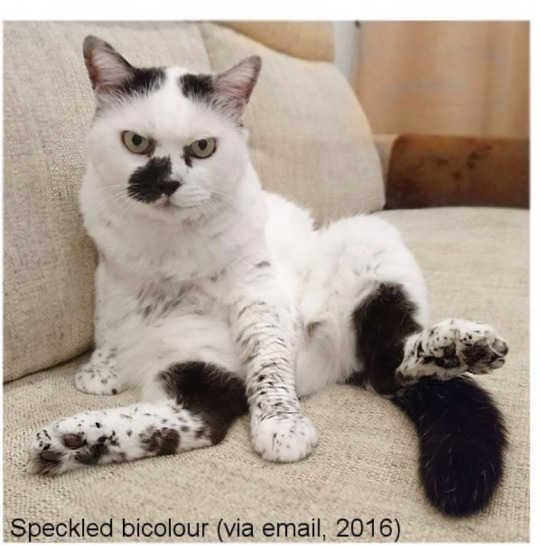

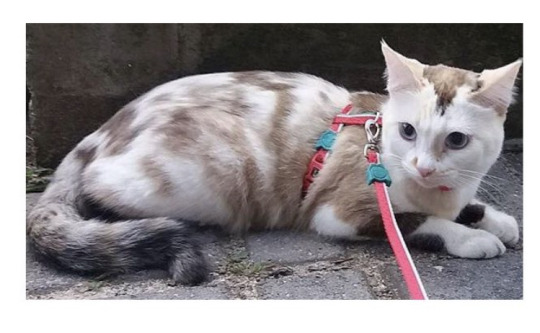
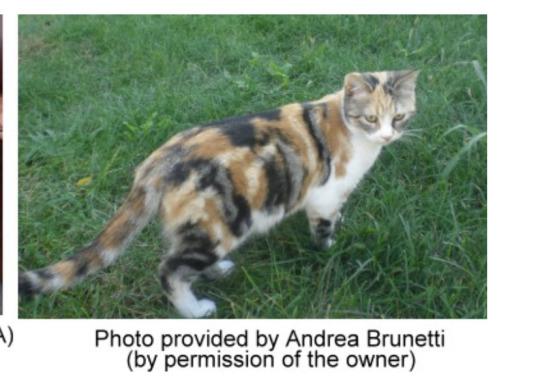
I think harmless mutations that make cool colors and patterns are neat and i want to see where these are going
65K notes
·
View notes
Photo
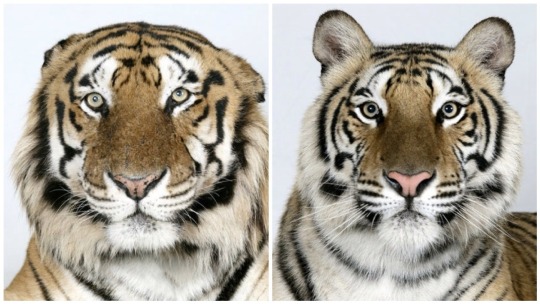
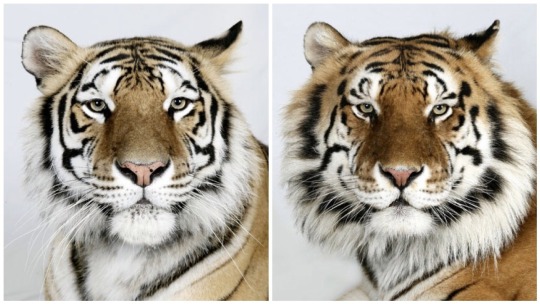

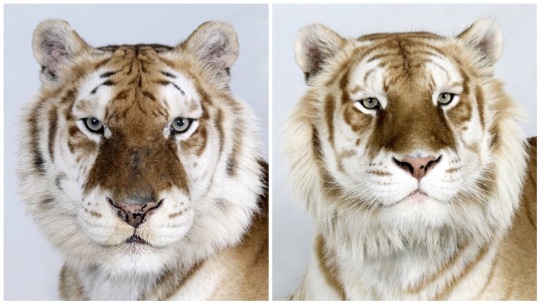





TIGER COLOUR SPECTRUM
photo credit: Dr Bhagavan Antle of The Institute of Greatly Endangered and Rare Species (T.I.G.E.R.S), photographs 4 varieties of Bengal tigers
777K notes
·
View notes